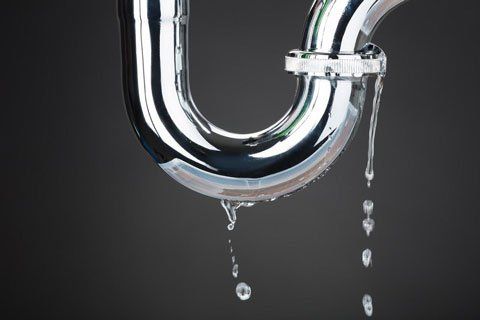Guide To Water Leak Discovery In The House
Guide To Water Leak Discovery In The House
Blog Article
This great article in the next paragraphs in relation to Locating water leaks is seriously insightful. You should see for yourself.

Early detection of dripping water lines can mitigate a possible disaster. Some little water leaks might not be visible.
1. Check Out the Water Meter
Every home has a water meter. Examining it is a guaranteed manner in which helps you find leakages. For starters, switch off all the water sources. Make sure no person will flush, make use of the faucet, shower, run the washing maker or dish washer. From there, go to the meter as well as watch if it will certainly transform. Since nobody is using it, there must be no activities. That suggests a fast-moving leakage if it moves. If you spot no adjustments, wait an hour or 2 as well as check back once more. This suggests you may have a slow leakage that can also be below ground.
2. Examine Water Intake
If you find unexpected adjustments, despite your consumption being the exact same, it suggests that you have leakages in your plumbing system. A sudden spike in your expense suggests a fast-moving leakage.
A steady increase every month, also with the very same behaviors, reveals you have a slow-moving leakage that's likewise slowly escalating. Call a plumber to thoroughly examine your residential or commercial property, especially if you really feel a cozy area on your floor with piping below.
3. Do a Food Coloring Examination
30% comes from toilets when it comes to water intake. Test to see if they are running properly. Decline specks of food shade in the storage tank and also wait 10 minutes. If the color somehow infiltrates your dish during that time without flushing, there's a leakage between the container and dish.
4. Asses Exterior Lines
Don't forget to examine your outside water lines also. Must water seep out of the link, you have a loose rubber gasket. One little leak can waste bunches of water as well as increase your water expense.
5. Inspect as well as Analyze the Circumstance
Homeowners must make it a habit to inspect under the sink counters and also also inside cabinets for any type of bad odor or mold and mildew growth. These two red flags suggest a leakage so prompt attention is needed. Doing regular examinations, even bi-annually, can save you from a significant trouble.
More importantly, if you know your home is already old, keep a watchful eye on your heating units, pipes, pipes etc. Look for stainings as well as compromising as many pipes and also devices have a life span. They will certainly likewise naturally wear away because of wear and tear. If you think leaking water lines in your plumbing system, do not wait for it to rise. Call a specialist plumber right now so you do not end up with a horrible mess in your house.
Early discovery of leaking water lines can alleviate a possible disaster. Some little water leaks might not be visible. Inspecting it is a guaranteed means that helps you uncover leaks. One small leakage can squander bunches of water as well as surge your water costs.
If you believe leaking water lines in your plumbing system, don't wait for it to escalate.
WARNING SIGNS OF WATER LEAKAGE BEHIND THE WALL
PERSISTENT MUSTY ODORS
As water slowly drips from a leaky pipe inside the wall, flooring and sheetrock stay damp and develop an odor similar to wet cardboard. It generates a musty smell that can help you find hidden leaks.
MOLD IN UNUSUAL AREAS
Mold usually grows in wet areas like kitchens, baths and laundry rooms. If you spot the stuff on walls or baseboards in other rooms of the house, it’s a good indicator of undetected water leaks.
STAINS THAT GROW
When mold thrives around a leaky pipe, it sometimes takes hold on the inside surface of the affected wall. A growing stain on otherwise clean sheetrock is often your sign of a hidden plumbing problem.
PEELING OR BUBBLING WALLPAPER / PAINT
This clue is easy to miss in rooms that don’t get much use. When you see wallpaper separating along seams or paint bubbling or flaking off the wall, blame sheetrock that stays wet because of an undetected leak.
BUCKLED CEILINGS AND STAINED FLOORS
If ceilings or floors in bathrooms, kitchens or laundry areas develop structural problems, don’t rule out constant damp inside the walls. Wet sheetrock can affect adjacent framing, flooring and ceilings.
https://www.servicemasterbyzaba.com/blog/how-to-detect-water-leakage-in-walls/

As an enthusiastic reader about Top leak detection hacks, I think sharing that article post was sensible. Loved our entry? Please share it. Help someone else locate it. Thank you for your time. Visit again soon.
Report this page